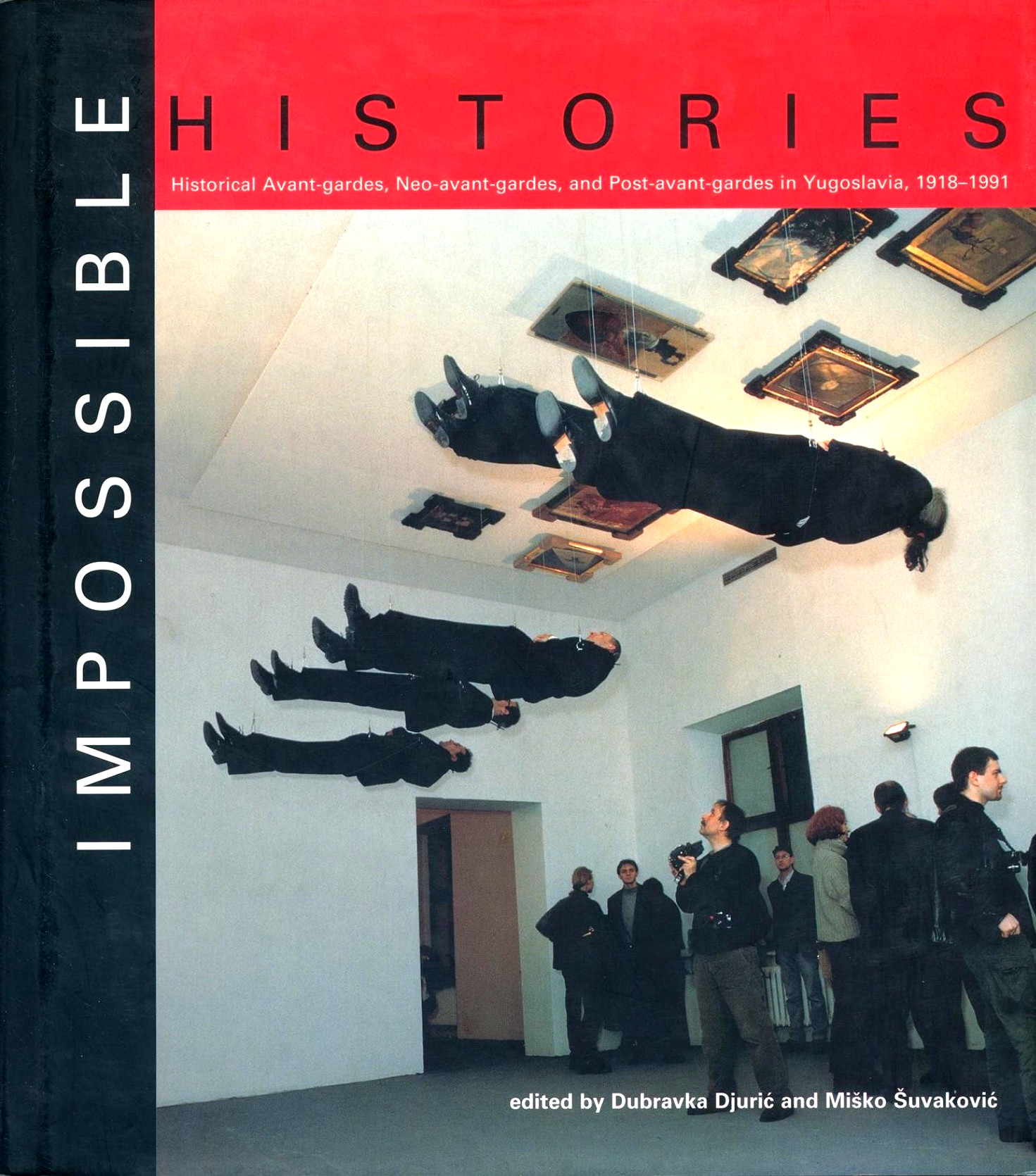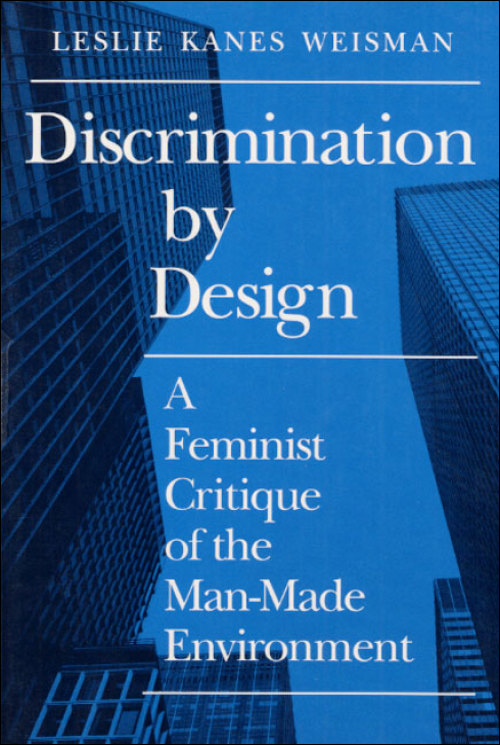Sandi Hilal, Alessandro Petti: Permanent Temporariness (2018)
Filed under book, catalogue | Tags: · architecture, borders, commons, decolonization, exile, hospitality, palestine, participation, politics, refugees

“Since their first work, Stateless Nation at the Venice Biennial in 2003, and throughout their more recent architectural interventions in refugee camps, the artistic practice of Sandi Hilal and Alessandro Petti has explored and acted within and against the condition of permanent temporariness that permeates contemporary forms of life. In their ambitious research and project-based practice, art exhibitions are both sites of display and sites of action that spill over into other contexts: built architectural structures, the shaping of critical learning environments, interventions that challenge dominant collective narratives, the production of new political imaginations, the re-definition of words, and the formation of civic spaces.
This book is organized around fourteen concepts that activate seventeen different projects. Each project is the result of a larger process of collaboration and is accompanied by individual and collective texts and interviews that contextualize and expand the reach of every intervention.
Contributors to projects and texts include Maria Nadotti, Charles Esche, Robert Latham, Salwa Mikdadi, Eyal Weizman, Okwui Enwezor, Munir Fasheh, Grupo Contrafilé, Murad Odeh, and Rana Abughannam.”
Publisher Art and Theory Publishing, Stockholm, and Royal Institute of Art, Stockholm, 2018
ISBN 9789188031709, 9188031705
384 pages
via authors
Dubravka Djurić, Miško Šuvaković (eds.): Impossible Histories: Historical Avant-gardes, Neo-avant-gardes, and Post-avant-gardes in Yugoslavia, 1918-1991 (2003)
Filed under book | Tags: · architecture, art history, avant-garde, conceptual art, literature, manifesto, music history, neo-avant-garde, post-avant-garde, postmodern, retro-avant-garde, video art, yugoslavia

“Impossible Histories is the first critical survey of the extraordinary experiments in the arts that took place in the former Yugoslavia from the country’s founding in 1918 to its breakup in 1991. The combination of Austro-Hungarian, French, German, Italian, and Turkish influences gave Yugoslavia’s avant-gardes a distinct character unlike those of other Eastern and Central European avant-gardes. The book explores movements such as Belgrade surrealism, signalism, Yugo-Dada, and zenitism; the groups Alfa, Exat 51, Gorgona, OHO, and Scipion Nasice Sisters Theater; or the magazines Danas, Rdeči pilot, Tank, Vecnost, and Zvrk.
The pieces in this collection offer comparative and interpretive accounts of the avant-gardes in the former Yugoslavian countries of Croatia, Serbia, and Slovenia. The book is divided into four sections: Art and Politics; Literature; Visual Art and Architecture; and Art in Motion (covering theater, dance, music, film, and video). All of the contributors live in the region and many of them participated in the movements discussed. The book also reprints a selection of the most important manifestos generated by all phases of Yugoslav avant-garde activity.”
Publisher MIT Press, 2003
ISBN 0262042169, 9780262042161
xviii+605 pages
via agitprop
Reviews: Suzana Milevska (Springerin, 2004), Matthew S. Witkovsky (caa.reviews, 2004), Yevgeniy Fiks (Art Journal, 2004), Tyrus Miller (Modernism/modernity, 2005), Igor Marjanović (Design Issues, 2007).
PDF (22 MB)
Comment (0)Leslie Kanes Weisman: Discrimination by Design: A Feminist Critique of the Man-Made Environment (1992)
Filed under book | Tags: · architecture, city, feminism, home, public space, universal design, urban planning, women

“Discrimination by Design is a fascinating account of the complex social processes and power struggles involved in building and controlling space. Leslie Kanes Weisman offers a new framework for understanding the spatial dimensions of gender and race as well as class. She traces the social and architectural histories of the skyscraper, maternity hospital, department store, shopping mall, nuclear family dream house, and public housing high rise. Her vivid prose is based on exhaustive research and documents how each setting, along with public parks and streets, embodies and transmits the privileges and penalties of social caste.
In presenting feminist themes from a spatial perspective, Weisman raises many new and important questions. When do women feel unsafe in cities, and why? Why do so many homeless people prefer to sleep on the streets rather than in city-run shelters? Why does the current housing crisis pose a greater threat to women than to men? How would dwellings, communities, and public buildings look if they were designed to foster relationships of equality and environmental wholeness? And how can we begin to imagine such a radically different landscape?
In exploring the answers, the author introduces us to the people, policies, architectural innovations, and ideologies working today to shape a future in which all people matter. Richly illustrated with photographs and drawings, Discrimination by Design is an invaluable and pioneering contribution to our understanding of the issues of our time–health care for the elderly and people with AIDS, homelessness, racial justice, changing conditions of work and family life, affordable housing, militarism, energy conservation, and thepreservation of the environment. This thoroughly readable book provides practical guidance to policymakers, architects, planners, and housing activists. It should be read by all who are interested in understanding how the built environment shapes the experiences of their daily lives and the cultural assumptions in which they are immersed.” (from the back cover)
Publisher University of Illinois Press, Urbana, 1992
ISBN 0252063996, 9780252063992
x+190 pages
Reviews: Gail Lee Dubrow (Journal of Planning Education and Research, 1993), Esther da Costa Meyer (NWSA Journal, 1993), Diane Favro (Journal of American History, 1994), Joanne K. Guilfoil (Journal of Social Theory in Art Education, 1994), Irene Nierhaus (L’Homme, 1994, DE), Nancy M. Somerick (Public Relations Review, 1995).
Commentary: Spatial Agency (n.d.).

